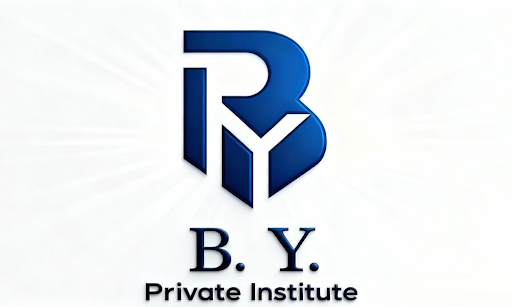USDC Stablecoin: Risks of Breaks in Dollar Peg and Collateralization
Stablecoins like USDC aim to maintain a stable value, typically pegged 1:1 to the US dollar. This provides crypto users with the benefits of blockchain technology while minimizing volatility. However, stablecoins do carry certain risks that are important to understand. In this article, we’ll explore the potential risks of breaks in the dollar peg and collateralization that could impact USDC.
Maintaining the Dollar Peg
The value of USDC relies on maintaining its peg to the US dollar. However, there are scenarios where the peg could break, resulting in USDC decoupling from the dollar’s value. Factors like market crashes, loss of trust in the issuer, or even coordinated attacks could cause USDC to drop below $1.
If decoupling occurs, it defeats the purpose of a stablecoin for traders looking to avoid volatility. Large fluctuations in USDC value would make it hard to rely on for remittances, commerce, or as a safe haven asset. While temporary fluctuations are expected, an extended break of the peg could drastically reduce demand and trust in USDC.
Ensuring Adequate Collateralization
USDC is collateralized by financial assets held in reserve by the issuer, Centre Consortium. Currently, USDC has a minimum collateralization ratio of 100%, meaning it has at least $1 in reserves for every 1 USDC token minted. This collateral is held in assets like cash, short-term US Treasuries, and commercial paper.
However, risks arise if the collateral backing USDC drops substantially below the amount needed to redeem all USDC tokens. This could happen during periods of mass redemptions, inability to liquidate collateral, or loss in collateral value. If reserves are inadequate, Centre may be unable to facilitate redemptions at $1.
To mitigate this, Centre subject’s USDC reserves to monthly audits by certified public auditors. Still, some argue more frequent audits are needed to ensure continuing adequate collateralization. There are also calls for greater transparency on the specific assets held as collateral.
The Importance of Trust
Ultimately, the success of USDC relies heavily on trust - trust in the Centre Consortium as the issuer and in the strength of the collateral reserves. If holders begin losing confidence that USDC is fully backed or can maintain its peg, demand may plummet as users migrate to alternatives.
That’s why transparency and clear communication are key. Centre could continue publishing detailed audit results, providing updates on new developments, and reassuring users in times of market turmoil. Maintaining trust is critical for stablecoins like USDC designed to provide stability amidst crypto’s volatility.
"As a trader, stability and safety are my top priorities when it comes to stablecoins. Even small fluctuations in USDC’s value could mean major losses. Knowing the reserves fully back each token gives me confidence in USDC, but we must stay vigilant. The minute I start questioning USDC’s peg or collateral, I’m moving my funds."
- Excerpt from crypto trader forum
Steps Centre Can Take to Reduce Risks
- Increase frequency of third-party audits on reserves
- Provide greater transparency into specific assets held as collateral
- Establish monitoring systems to identify threats early
- Communicate promptly with users during periods of volatility
Can Algorithmic Stablecoins Avoid These Risks?
Unlike collateralized stablecoins, algorithmic stablecoins like Ampleforth don't rely on reserves. Instead, they use built-in algorithms to mechanically expand and contract the supply as needed to maintain the peg.
In theory, this means algorithmic stablecoins avoid risks like inadequate collateralization. But algorithmic models are complex and largely untested at scale. Severe market conditions could still override the algorithms, causing decoupling. And without collateral reserves, recovering the peg may prove challenging.
Ultimately all stablecoin models come with trade-offs. No model is immune to black swan events that shakes market confidence. As the technology matures, it remains to be seen which designs will best balance stability and security over the long-term.
Conclusion
While USDC provides crypto traders with a convenient dollar-pegged asset, it doesn’t come without risks. Maintaining the 1:1 dollar peg relies heavily on stability mechanisms and collateral reserves. Lapses in either could lead to loss of confidence and mass redemptions. Moving forward, enhancing transparency and communication with users will be key for USDC to demonstrate its stability and retain trust. Yet despite best efforts, black swan events mean no stablecoin is ever 100% immune to volatility.




